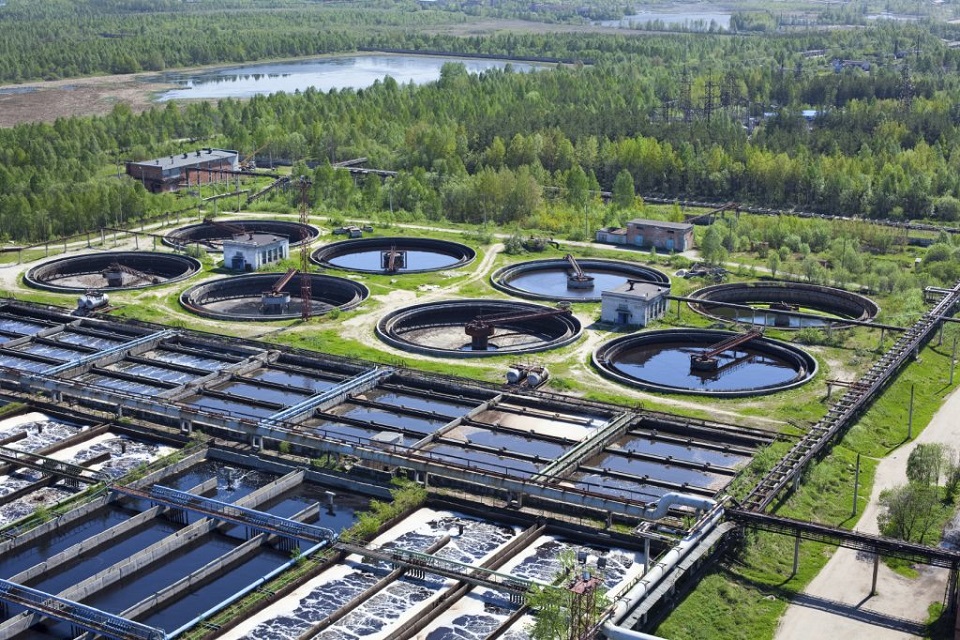Water treatment is critical, and your company can only do so with proper installation and frequent maintenance of the necessary equipment. We created this guide on wastewater treatment and the solutions we offer to assist you understand the importance of this and the consequences of inadequate equipment.
Table of Contents
Tens Of Billions Of Litres Of Wastewater
In the United Kingdom, 11 billion litres of wastewater must be treated each day. This consists of industrial wastewater, runoff, and water from toilets, sinks, washing machines, and bathtubs.
This massive amount of wastewater would have a severely negative impact on the health and environment if it was not treated properly. This is why it is vital that it is handled correctly.
Concerns About Health & Safety
As you might expect, if wastewater is not properly treated, it causes a slew of issues, many of which are hazardous to one’s health and safety.
This is especially true if wastewater treatment on public-accessible areas is inadequate. Untreated sewage can contain:
- Fats
- Proteins
- Carbohydrates
- Chemicals
- Bacteria
- Nitrogen compounds
- Metal compounds
- Pesticides
- Fertilizers
These can endanger not only public health but also the ecosystem, causing significant and long-term repercussions on wildlife.
To eliminate any organic compounds from the water before it reaches streams and rivers, proper wastewater treatment is required.
The Environmental Agency can fine sewage plant operators up to £20,000 if they fail to comply with the rules governing sewage plant discharge. This is why proper equipment and regular maintenance are critical.
The Process Of Wastewater Treatment
The Urban Waste Water Treatment Directive of 1991 established highly strict wastewater treatment standards. This directive was implemented in the United Kingdom to ensure that harmful compounds are naturally eliminated from wastewater. The same requirement applies to biodegradable wastewater discharged directly into the aquatic environment by any company. The safe, pure water is then returned to the rivers and streams.
To ensure that the water is pure and fresh, there are several steps to successful wastewater treatment, which include: • movement; • preliminary screening; • primary settlement; • secondary sewage treatment; and • tertiary treatment.
The flow of wastewater is the first step in successful wastewater treatment, ensuring that the water safely reaches the sewage works to be treated. This is accomplished by the use of a network of drains and sewers.
However, it is not only wastewater that winds up in the system; there are other substances that should not be there, and these must be removed before treatment can begin. Suspended solids must be removed from wastewater by passing it through sedimentation tanks.
After the obvious trash has been cleared, the focus shifts to the invisible dirt. This level of wastewater treatment is accomplished by a two-stage biological treatment process.
The final stage of wastewater treatment is to remove the last few waste particles. When this is finished, the clean water is ready to be released into rivers or streams.
As you can see, there is a lot that goes into wastewater treatment.
Pumping Station Installation & Maintenance
Businesses in the UK, thankfully, don’t have to worry about wastewater treatment if sewage systems are properly planned, designed, and installed. Filta designs and installs bespoke systems to ensure factories comply with discharge consent requirements.
Filta have collaborated with commercial customers and developers to design systems that meet the Environmental Agency’s criteria. They also deal with residential clients, providing a variety of pre-built package systems.
They can also handle the Environment Agency application on behalf of clients, as well as any additional clearances that may be required.
During Installation, There Is Minimal Disruption
Filta has a network of professional engineers who all work together to ensure that equipment is installed with as little disturbance to your business as possible. When installing pumping stations, we cover all aspects of the installation, including:
- Working with the highway agency when necessary.
- Excavating and installing the control panel and pump chamber.
- Undertaking gravity drainage work.
- Thrust boring/open cut installation of rising main.
- Connections to the main sewer system.
- Testing and commissioning.
Sewer Pump Maintenance & Sump Cleaning
The appropriate maintenance of the sewage pump is just as vital as installing the suitable sewage system.
Filta have installed and maintained pumping stations for successful wastewater treatment for a variety of clients. As sewage and wastewater are among the most corrosive environments, regular and thorough maintenance is needed. As previously stated, a wide range of materials can enter sewage pumping stations, wreaking havoc on systems.
The accumulation of waste is one of the most serious problems with sewage pumping stations. This non-biological stuff floats to the surface of the sump and forms a layer. Over time, this build-up might cause the float switch to stop working. If the substance is sucked into the pump, the system may fail.
The pump chamber must be deslugged and cleaned on a regular basis. The frequency with which the system must be cleaned is determined by the connected property. If you own a bar, for example, the sump pump may need to be cleaned quarterly or twice a year. Domestic systems, on the other hand, can normally go two years without needing to be cleaned.
Customized Installation & Maintenance
Filta service engineers can offer a sump cleaning schedule for your site to keep things running well while keeping expenses down.
Contact Filtafor expert assistance and advice on wastewater treatment, installation, or maintenance. We are one of the top suppliers of wastewater products and services in the UK, and we stock equipment from a variety of manufacturers. We can generally deliver this equipment for less than the manufacturer’s advertised list price.


